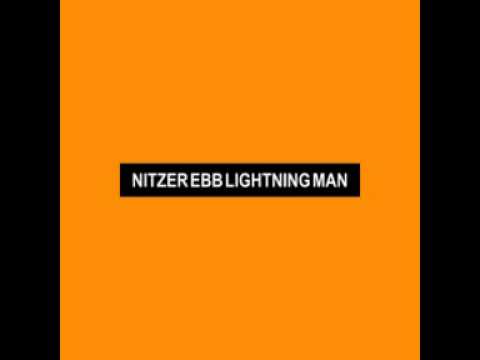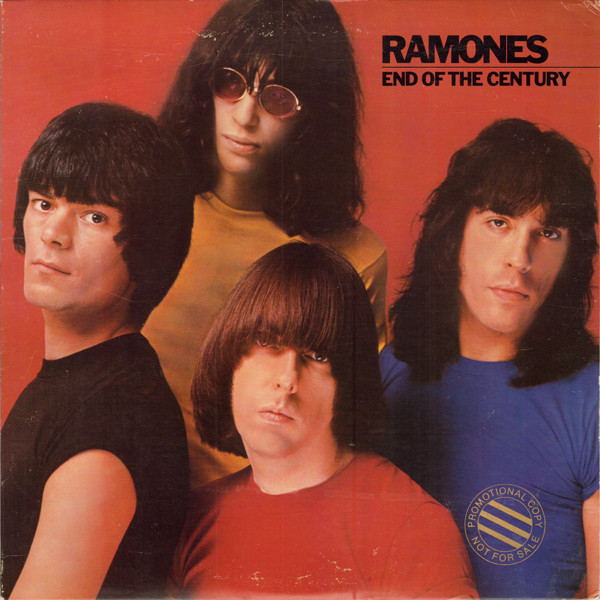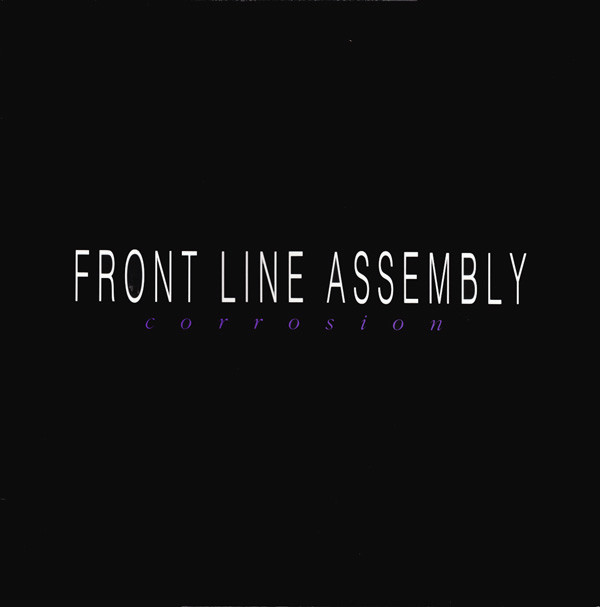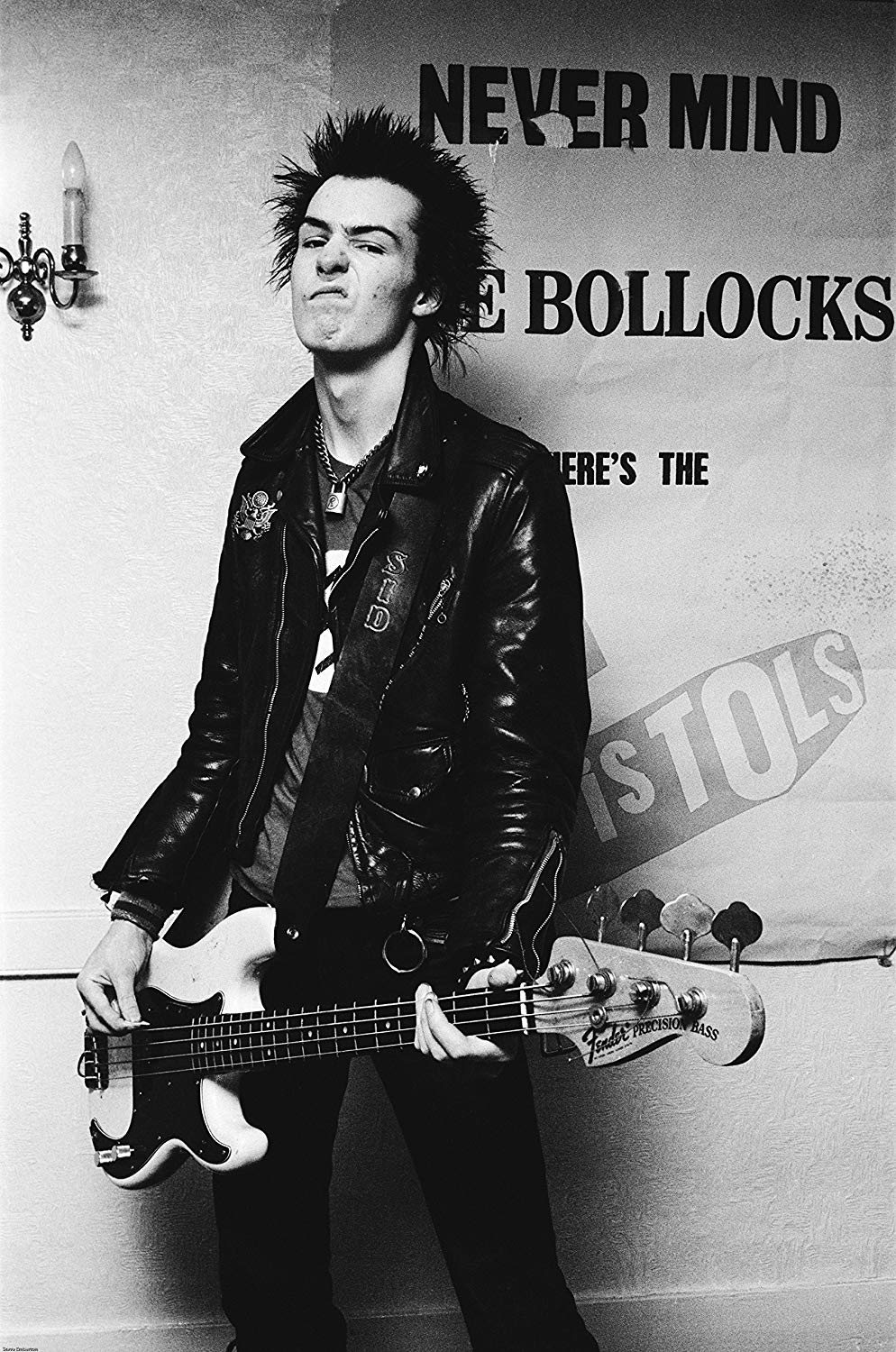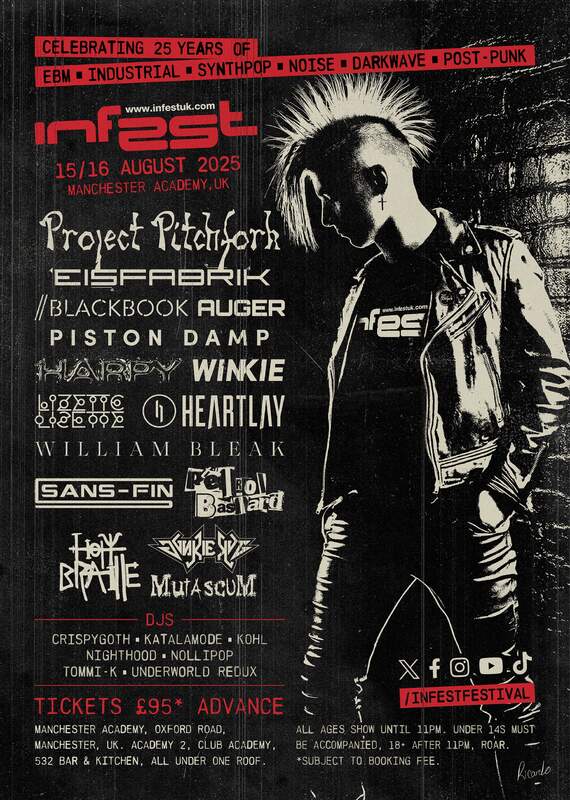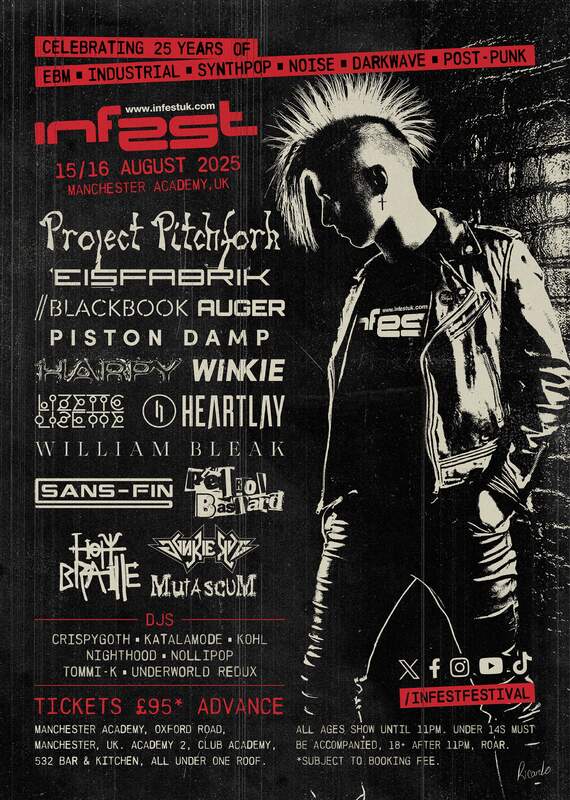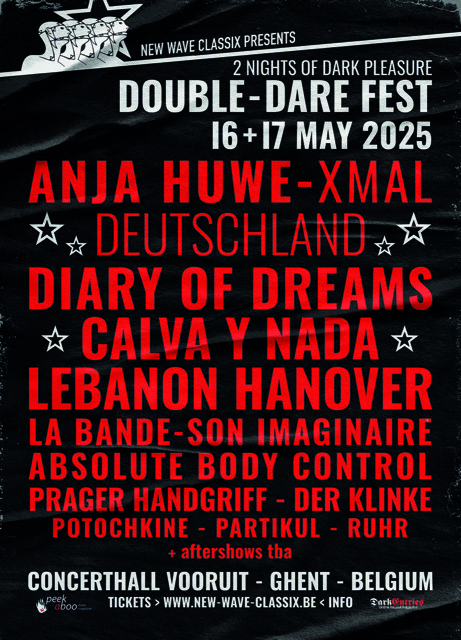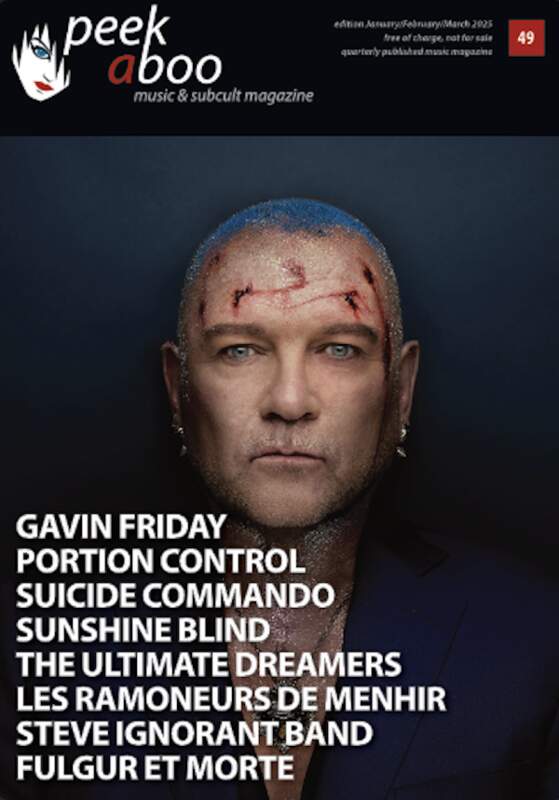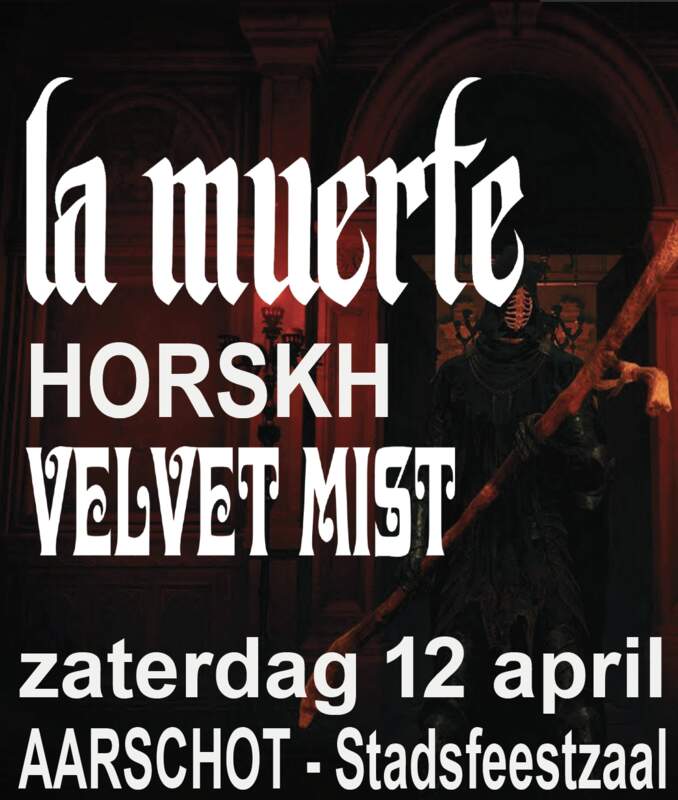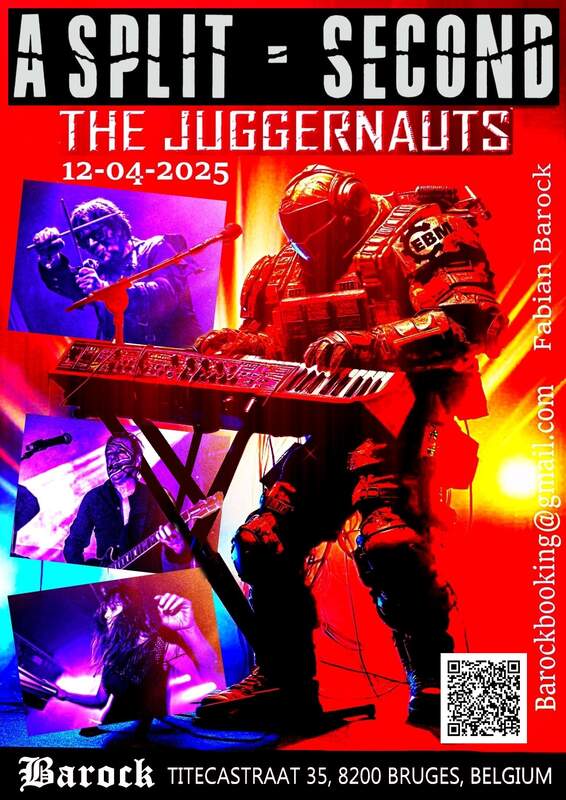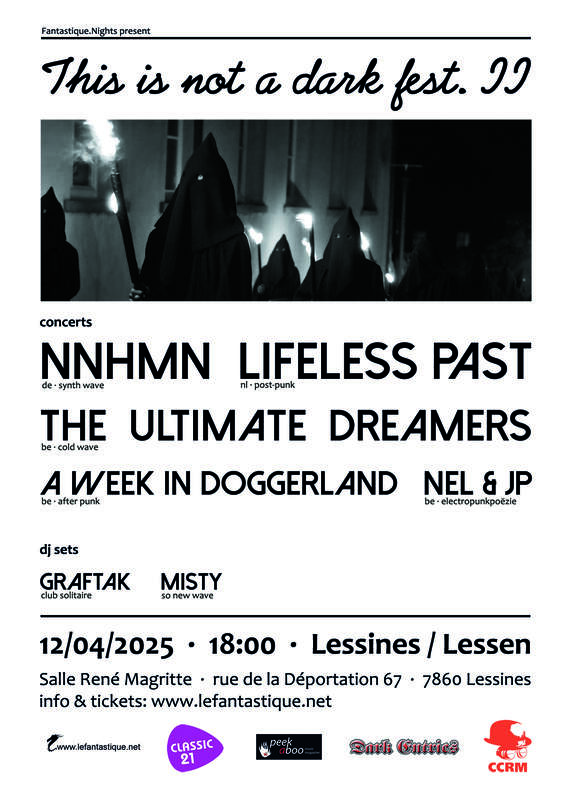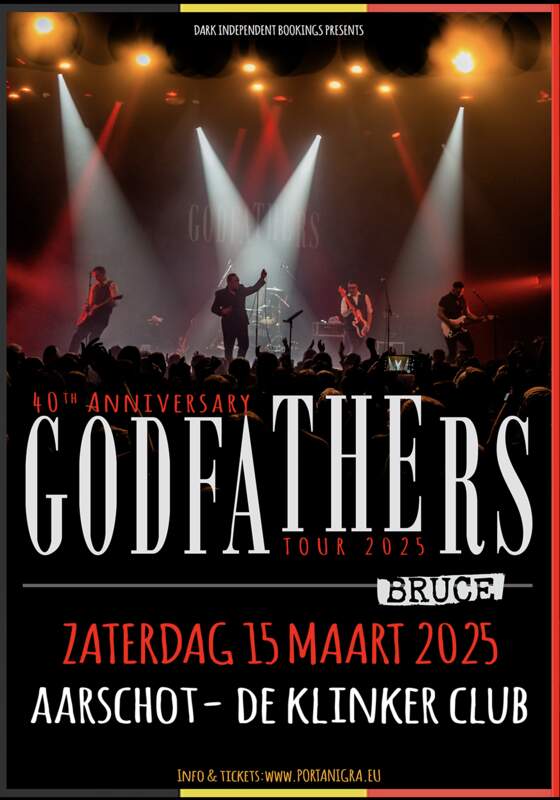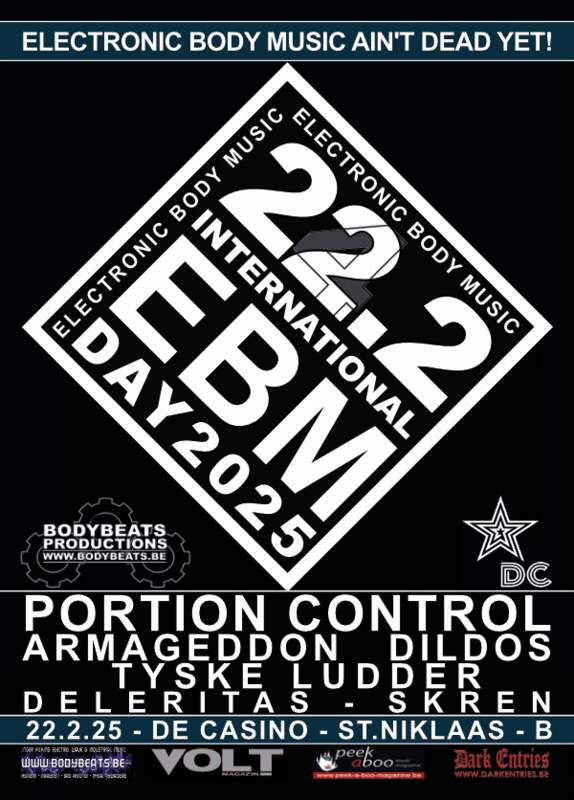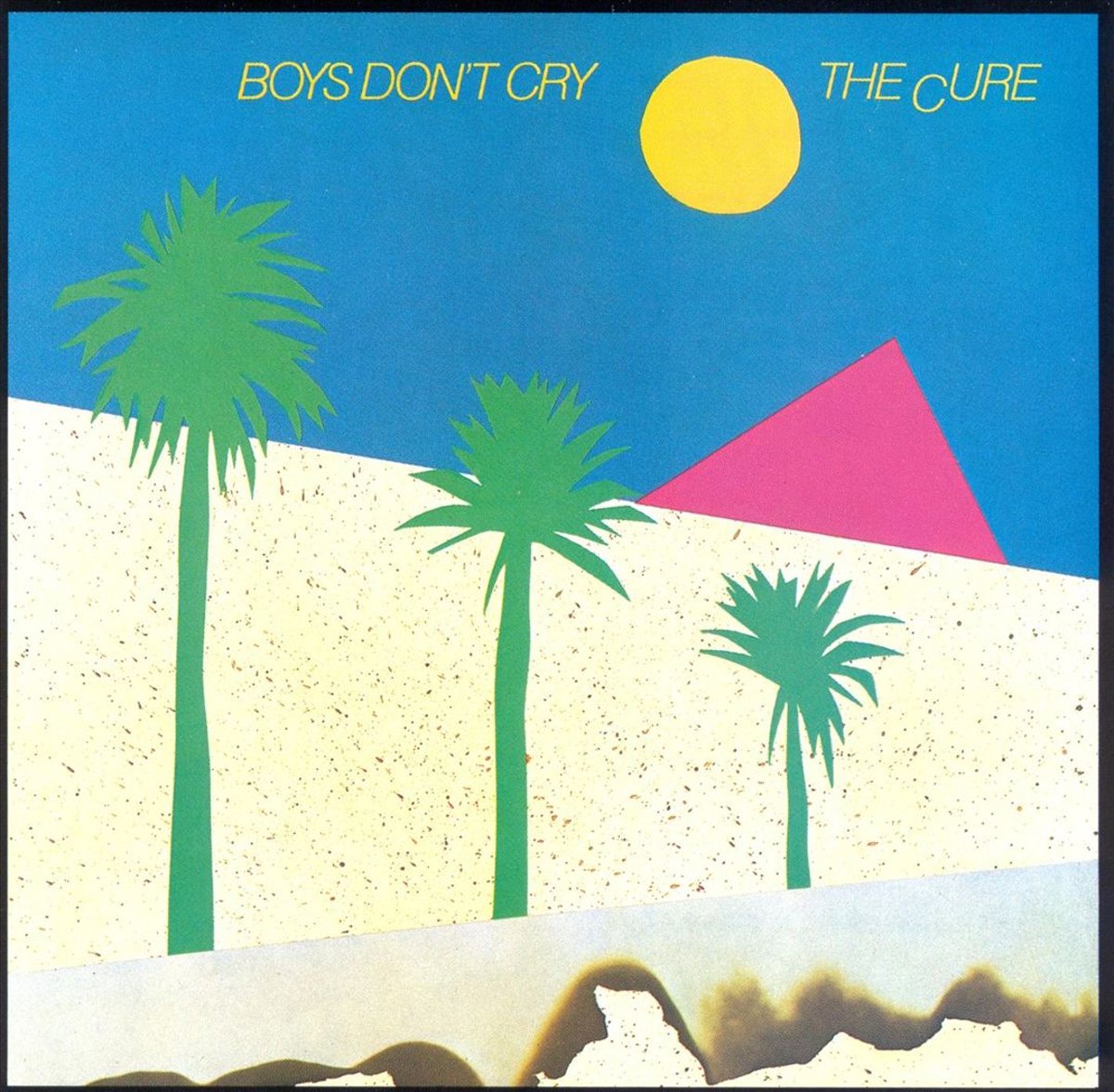
Plastic Passion | This Day 43 Years Ago, The Cure Release Boys Don’t Cry!
Today in 1980 The Cure broke through with their second release ‘Boys Don’t Cry’ (05 February 1980).
It also marked the first release by the band into the American market. This album heralded the arrival of The Cure on the international market.
Amid the album's thirteen tracks the collision between the bleak and haunting comes to the surface in the upbeat and beautifully-brilliant title track- 'Boys Don't Cry'. This is pure pop, a departure and surprising instalment in the canon of Cure standards. With infectious guitar lines and Smith's pitiful mourning for the girl that is lost, proving the point there was more to this band than was displayed on their debut.
And then there is the tense-paranoia that translates through the album's lead single, ‘Killing An Arab'. Although predating the album by over a year, the song still has the same impact as it did at its release over forty years ago, still raising the same controversy in the post-9/11 world.
“Standing on a beach with a gun in my hand/Staring at the sea/Staring at the sand/Staring down the barrel at the Arab on the ground.'
Indeed, including ‘Jumping Someone Else’s Train’, all three singles were released before the album. ‘Boys Don’t Cry’ is a solid Post-Punk album, although at times hard to pigeonhole into one particular genre. It is a raw display of melancholic lyrics, submerged in a mesh of catchy melodies that unwillingly plant themselves inside your brain. In reflection ‘Boys Don’t Cry’ mirrors the feeling within the band towards what they saw as the state of the music culture of the time.
Despite their reputation for cavernous gothic misery, ‘Boys Don’t Cry’ presents a lighter and sprightlier take on the punk sound that avoids the political grandstanding of the earlier, angrier-punk bands. The dark edge conveyed by the band runs from the ironic title track to the chorus-heavy album closer- ‘Three Imaginary Boys’, a gothic portrait of solitude put to music.
“See the cracked reflection
Standing still
Before the bedroom mirror
Over my shoulder
But no one's there
Whispers in the silence
Pressing close behind me
Pressing close behind
Can you help me?”
Boys Don't Cry (Original 1980 Track List):
1. 'Jumping Someone Else's Train' – 2:58
2. 'Boys Don't Cry' – 2:37
3. 'Plastic Passion' – 2:15
4. '10:15 Saturday Night' – 3:40
5. 'Accuracy' – 2:16
6. 'Object' – 3:03
7. 'Subway Song' – 1:54
8. 'Killing an Arab' – 2:22
9. 'Fire in Cairo' – 3:21
10.'Another Day' – 3:43
11.'Grinding Halt' – 2:49
12.'World War' – 2:36
13'Three Imaginary Boys' – 3:14
[KB+FG]
Today, it’s exactly 33 years ago that British EBM/Industrial band Nitzer Ebb released Lightningman (5th February 1990), the preliminary single from their upcoming third album Showtime.
The single stayed in the US Billboard dance charts for 8 weeks and peaked at 14th position on 26th May 1990.
Lightnigman - Lyrics
It seems some story was told
But what is there to tell?
Well, some song had been sung
But none of it sings
So let's spell it out
A, B, and C
Up and down from A is to Z
You meant zed, you said zed
From nothing to something
And something for nothing
From no one to someone
From someone to same one
Same old thing
The only way out
Leads to no way back
What can you do?
Easy
You shove it back where it came
Easy
You never let yourself down
So you got up
And you ran
And you run to get up
Through Chinatowns
To slip right down
Soho's a town in every downtown
One of the most unlikely combinations - Phil Spector, maestro of the 1960s production era and The Ramones, trailblazers of the 1970s New York Punk scene - joined forces to create an album. But yes it happened: on February 4, 1980, the joint venture 'End Of The Century' saw a release, closing a chapter in the studio exploits of Spector and, as some say, the most productive era of the Ramones.
The album's conception harked back to the band's third album: the 1977 release 'Rocket To Russia'. Spector, after seeing the band perform, offered to help produce the album and oversee the creative process they were using at the time. In the spirit of Punk, he was turned down flat due to the Ramones allegiance to Tommy Ramone, who at the time was co-producing the album with Tony Bongiovi.
Come 1979 Tommy had left the fold completely, with bad sales for all previous four albums and a desire to break into that mainstream market, releasing albums that were and still are highly influential but did not translate to strong sales. The Ramones now took Spector up on his offer, an idea or collaboration nobody saw coming. And so begun the stuff of legends.
For a start, The Ramones' self-titled debut album cost a little over six thousand dollars to make. The second, 'Leave Home', cost ten thousand dollars and now along came Spector with a budget of two hundred thousand dollars. The possibilities were limitless but were needed for a band consisting of a control freak guitarist, an OCD suffering singer, a drummer who liked the odd drink and a bass playing-songwriter who alone took enough heroin to keep Pablo Escobar in a job.
The Ramones were relocated to Spector's Gold Star Studio in Los Angeles, famed for the music produced by The Beach Boys more so than the thundering dynamo of Punk. But nonetheless, recording started...well sort of. After almost two weeks and playing for over twelve hours a day, nothing had been put to tape.
Spector’s perfectionism in overdrive was overwhelming to the Ramones- endless mike placing, listening to the same drumbeat repeatedly and of course, the endless playing of one chord, as heard in the opening of 'Rock N Roll High School', began to slowly pull the band into the madness that was the world of Phil Spector.
At certain points, it seemed Spector's approach was focused more on the singer Joey Ramone, than on the band as a whole. After all, the top-ten UK single taken from the album - 'Baby, I Love You' - featured Joey, an orchestra and no other member of the band. It was a masterstroke in a business sense by Spector, as he was also a co-writer on the track, originally recorded by his all-female act 'The Ronnettes'.
The appearance of any of the Ramones apart from Joey on 'End Of The Century' is also questionable. The session drummer and 'Travelling Wilbury'- Jim Keltner appears on the album. So too does the combination of brothers Dan and David Kessel, the guitarists Spector had worked with before on the Leonard Cohen venture 'Death Of A Ladies Man'. The same can be said for organist Barry Goldberg, a longtime collaborator with Spector. With this information in mind, you feel that a second band was formed to make the album sound professional and not rough around the edges, which was the charm of Punk, not perfect but then again a reflection of life.
The hit single in a way works and the production is flawless, making the most of Joeys sarcastic snarling Punk vocal.
Further tracks on the album galvanise the masterpiece it is. Make no mistake, this is a brilliant record. With the track 'Chinese Rock', recorded back in 1976 by Johnny Thunders and the Heartbreakers although originally wrote by Dee Dee and Richard Hell, this was the perfect song to showcase the force of the Ramones.
The same can be said for Dee Dee’s nostalgic look back at life growing up in Germany and his only friend, the radio. 'Do You Remember Rock N Roll Radio?', the album's opener and a stomper with the distorted radio sound that heralds the track, but it also namedrops influences of the Ramones including T. Rex and Jerry Lee Lewis.
The follow up to the song, ‘Judy Is a Punk', ‘The Return of Jacky and Judy' continued to display their punk beginnings in order not to sell out too much on this record. This was the heart of the conflict between Spector and the band, who would have been happy with one or two hits on the album. Phil wanted to make every track a hit.
The album cover alone was a change in direction, gone were the Ramones' standard issue uniform of ripped jeans and leather jackets, replaced with different coloured shirts. This stripping of the band's natural order made for an uncomfortable-looking cover, even Johnny's scowl was more compounded than usual.
Here we come to the crux of the matter. Yes, the Ramones created hits from their work on 'End Of The Century', but they found it an uncomfortable experience. Maybe the success of the Sex Pistols' release made them ask "where is our success?". After all, they were the band that the Pistols and so many others emulated. A band like The Ramones would never be a band who would create hits, they were the outsider musicians not built for chart acceptance or appeal, rejecting all in society and in turn being rejected by society.
Their influence outweighs, like so many others, record sales. They were important as any other band in creating a new wheel in music and turning it to an extremely loud effect.
End Of The Century (1980 LP tracklist)
| A1 | Do You Remember Rock 'N' Roll Radio? | 3:50 |
| A2 | I'm Affected | 2:51 |
| A3 | Danny Says | 3:06 |
| A4 | Chinese Rock | 2:28 |
| A5 | The Return Of Jackie And Judy | 3:12 |
| A6 | Let's Go | 2:31 |
| B1 | Baby, I Love You | 3:47 |
| B2 | I Can't Make It On Time | 2:32 |
| B3 | This Ain't Havana | 2:18 |
| B4 | Rock 'N' Roll High School | 2:38 |
| B5 | All The Way | 2:29 |
| B6 | High Risk Insurance | 2:08 |
[KB+FG]
This month it’s 37 years since Vancouver Industrial / EBM band Front Line Assembly released their third studio album Corrosion (February 1988), or fifth full length if we count in two self-released tapes Total Terror and Nerve War which were released earlier in 1986. It was their first release on Third Mind/Wax Trax! with PIAS (Play it Again Sam) manufacturing and distributing the Third Mind issue in Europe.
At this time Front Line Assembly was Bill Leeb only, while Michael Balch acted as producer and Dave 'The Rave Olgivi mixed some of the tracks. Third core member Rhys Fulber would join the band one year later, in 1987 and become Leeb’s right hand until this very day.
This eight track album captures very well the dark, almost claustrophobic, sound and atmosphere of Front Line Assembly before their ‘breakthrough’ with Gashed Senses & Crossfire (1989). A perfect stylistic blend between early Cabaret Voltaire and Front 242 but with a more American / Wax Trax industrial sounding touch.
The album received a 7/10 in the NME (New Musical Express) and was favoured by Melody Maker Magazine.
Corrosion - Tracklist
1) Lurid Sensation
2) Right Hand Of Heaven
3) Concussion
4) On The Cross
5) Conflict
6) Controversy
7) Dark Dreams
8) The Wrack Part III - Wisdom
Discogs
On this day, 44 years ago, Simon John Ritchie (°10 May 1957 – † 2 February 1979), known as Spiky John amongst his friends, better known to the world as Sid Vicious, died after overdosing on heroin. He became famous as the bass player of the Sex Pistols, replacing Glen Matlock, who had left the band due to internal tensions with the other members.
The Sex Pistols' stand-alone release-'Never Mind the Bollocks, Here's the Sex Pistols’ features very little of Sid Vicious. Sid was not the greatest of musicians. Using the word musician was maybe not the best word to describe him. He was self-taught, he did hinges on the debut record of The Ramones. The Ramones self-titled debut album, the ‘Sgt. Pepper’ of the Punk generation, was the tool Sid used to learn to play bass. A marathon fourteen-hour session of purely listening and learning as you go taught Sid the bass. Or so the legend goes at least, throw in the story of being on speed to stay awake and focused and now it becomes more real.
Anyone associated with Sid or the Pistols always maintains that Sid was a far better singer than a bass player. The ‘Rock N Roll Swindle Soundtrack’ holds weight to that theory. Songs such as 'Something Else' and 'C'mon Everybody', and his apocalyptic version of 'My Way', are without a doubt extremely good as rock songs (let alone punk songs) and suited Sid perfectly. He had the snarl and could add that extra tone of aggression and malice in his vocals. In the background of Jim Callaghan's Labour-led Britain, heading into a winter of discontent, the Sex Pistols' ‘Never Mind The Bollox..’ must have given the young generation a spit in the face of hope
As the needle hits the marching intro of 'Holiday In The Sun', this is clearly not an album about escapism, but rather about aggressive acceptance of the state of the country. Like Bob Dylan in the sixties, the young had a voice again.
A monumental work is found in the Sex Pistols one and true release.
Sid plays two roles on that album. One as the image of the album, a projection on what a band with that much aggression should act and look like. The other was in the tune 'Bodies', the only song that Vicious is reported to have played bass on. By all accounts he was hospitalised during the recording, due to having contracted hepatitis or jaundice, depending on who is telling the story. Steve Jones is the man covering the bass lines throughout the rest of the recording as the legend goes.
Did he do it?
Nancy Laura Spungen was murdered on the 12th of October 1978 at the age of 20. The girlfriend of Sid Vicious suffered a stab wound at the Chelsea Hotel in New York and bled to death. All very bleak and sad.
Vicious was arrested and charged with her murder and served time in Rikers Island penitentiary in New York. Before Vicious stood trial and while out on bail, he died of an overdose, four months after Nancy on the 2nd of February 1979. This was an apparent assisted suicide as he had proclaimed he wanted to be: 'Under the ground!'. His previous suicide attempts pointed to this frame of mind. This led to the case being closed by the NYPD.
The theory of what happened that night has been told many times, which leads to two theories as to how Nancy (or ‘Nauseating Nancy’ as the British tabloids named her) died that night. Neither involves Vicious murdering her.
The first is that Spungen made it clear she did not want to live past the age of 21. A suicide pact which went wrong, as in Sid being too stoned to kill himself and Spungen stabbing herself with the hunting knife Sid had obtained for that very reason. It would explain Sid's testimony: 'She must have fallen on the knife'. By that, he meant stabbing or pushing the knife into herself. In the days and weeks that followed Vicious had tried to commit suicide, one attempt involved jumping out of a window screaming: “I want to be with Nancy!”.Sid's mother, Anne Beverly, is thought to have assisted in the suicide and presented a letter after Sid's passing that read: 'We had a death pact and I have to keep my half of the bargain. Please bury me next to my baby. Bury me in my leather jacket, jeans and motorcycle boots. Goodbye.'
That is one theory. The second (that may be very close to the truth) is it was a botched robbery, botched in the sense that Vicious was out cold but Nancy disturbed whoever it was that had entered the room. A fact not widely publicised is that Sid's royalty-money was gone from the room's safe.There had been two people present earlier that night, an apparent drug dealer only named as 'Michael' and a comedian-dealer known as Rockets Redglare, who had been to the room to deliver a batch of drugs earlier that evening and were due to return. So when he or this supposed 'Michael' returned to rob the royalty payment, they would have found Sid passed out and maybe got disturbed by Spungen which led to her murder. Apparently, Rocket Redglare did admit to the murder years after but to friends and not the NYPD. If there's truth in it it’s long-buried.
The NYPD closed the case quickly, no investigation was ever done to find out what happened to Sid's royalty-money, nor were the fingerprints on the knife and in the apartment ever fully investigated. It was a dead Punk, a dead junky, but behind it all there was a twenty-year-old girl and a twenty-one-year-old guy.
[KB+FG]


